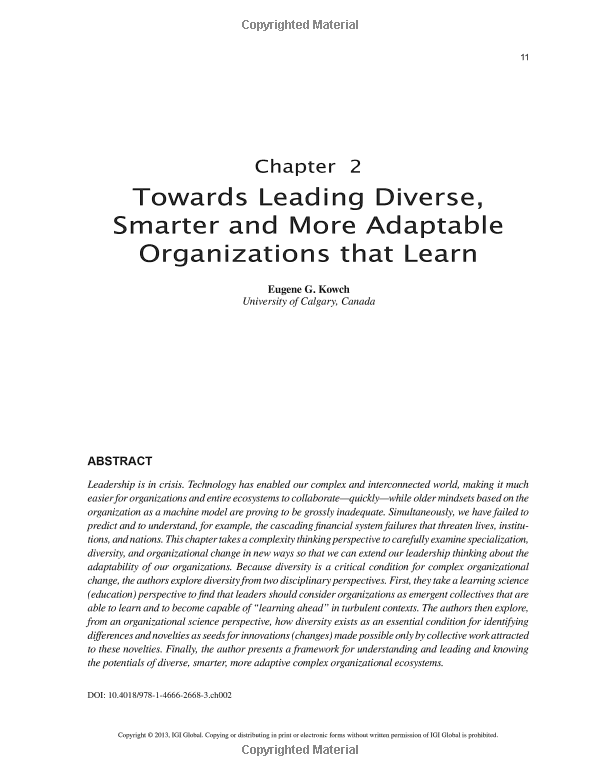"Understanding the Impact of Student Loan Inflation on Future Generations"
#### Student Loan InflationIn recent years, the term student loan inflation has gained significant attention as the cost of higher education continues to ri……
#### Student Loan Inflation
In recent years, the term student loan inflation has gained significant attention as the cost of higher education continues to rise at an alarming rate. This phenomenon refers to the increasing burden of student loans, which has outpaced wage growth and overall inflation rates. As more students take on debt to finance their education, the implications of student loan inflation become more pronounced, affecting not only individual borrowers but also the economy as a whole.
#### The Rising Cost of Education
One of the main drivers of student loan inflation is the escalating cost of tuition and fees at colleges and universities. Over the past few decades, the price of higher education has soared, with many institutions raising their tuition rates well above the rate of inflation. Factors contributing to this increase include administrative costs, campus amenities, and the demand for higher educational credentials in the job market. As a result, students are left with no choice but to borrow more money to cover these expenses.

#### The Debt Burden
The impact of student loan inflation is evident in the staggering amount of student debt in the United States. As of 2023, student loan debt has surpassed $1.7 trillion, affecting millions of borrowers. This debt burden can have long-term consequences, including delaying major life decisions such as buying a home, starting a family, or saving for retirement. The psychological toll of carrying such debt can also lead to anxiety and stress, further complicating borrowers' financial situations.
#### Economic Implications

Beyond individual borrowers, student loan inflation poses significant challenges for the economy. High levels of student debt can stifle consumer spending, as borrowers allocate a substantial portion of their income to loan repayments. This reduced spending can slow economic growth and hinder job creation. Moreover, as more graduates enter the workforce with significant debt, they may be less likely to take risks or invest in entrepreneurial ventures, which are crucial for innovation and economic dynamism.
#### Policy Responses
Recognizing the challenges posed by student loan inflation, policymakers are exploring various solutions to alleviate the burden on borrowers. Proposals include income-driven repayment plans, loan forgiveness programs, and increased funding for public colleges to keep tuition affordable. Additionally, there is a growing movement advocating for free community college and expanded access to vocational training, which could provide alternatives to traditional four-year degrees and help reduce reliance on student loans.

#### Conclusion
In conclusion, student loan inflation is a multifaceted issue that requires urgent attention from policymakers, educational institutions, and society as a whole. As the cost of education continues to rise, it is essential to develop sustainable solutions that prioritize access to higher education without the crippling burden of debt. By addressing the root causes of student loan inflation and exploring innovative approaches to financing education, we can work towards a future where students can pursue their academic and professional goals without the fear of overwhelming debt.